
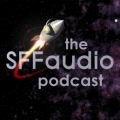 The SFFaudio Podcast #246 – Hypnos by H.P. Lovecraft; read by Mr. Jim Moon. This is a complete and unabridged reading of the short story (23 minutes) followed by a discussion of it. Participants in the discussion include Jesse, Mr Jim Moon, Julie Hoverson, and Melvin Cartegena.
The SFFaudio Podcast #246 – Hypnos by H.P. Lovecraft; read by Mr. Jim Moon. This is a complete and unabridged reading of the short story (23 minutes) followed by a discussion of it. Participants in the discussion include Jesse, Mr Jim Moon, Julie Hoverson, and Melvin Cartegena.
Talked about on today’s show:
An early Lovecraft story, a favourite Lovecraft, getting tangled in the mythos, similar elements, Beyond The Wall Of Sleep, chronology, artists vs. scientists, Polaris, alternative dream realities, a mystic connection to a star, The Dreams In The Witch House, the funniness, a man falls in love with a statue, statuesque features, Greek mythology, He, sudden and instant friends, recurrent themes, a smarter friend, is this the original Fight Club?, The Hound, The Murders In The Rue Morgue by Edgar Allan Poe, not enough drugs in Kent, London, the Fu Manchu Limehouse connection, caffeine and amphetamines, aging, astral projection, ‘a man with Oriental eyes’, Sigmund Freud, Albert Einstein, Abdul Alhazred (was a Lovecraft persona), The Nameless City, Einsteinian theory, S.L. = Samuel Loveman, “all the cosmos is a jest”, wordless understanding, The Picture of Dorian Gray, an Olympian brow, Hypnos is the god of sleep the son of night and the brother of death, Charles Baudelaire, The Statement Of Randolph Carter, Harley Warren = Samuel Loveman, Ambrose Bierce, together but ahead, a column of gold, a red light, breaching the chambers of Hypnos, ambiguity, a symbolic or allegorical Tyler Durden, a way to avoid writing dialogue, “control the universe and everything under it”, in dreams you do control the universe, Lucid dreaming, “it’s not like Inception“, certain techniques, dream logic, Seattle, Tetris before bed, documenting dreams, Lucid dreaming is ultimately pointless, Julie’s dreams, NREM vs. REM dreaming, the function of dreams, sorting and practicing, incubating a dream at the temple of Hypnos, Phantasy (one of Hypnos’ sons), plungings and soarings, scary dreams, aether, The Police, Wrapped Around Your Finger, someplace beyond time, drifting, Ovid’s family tree for the family of Hypnos, Death and Sleep look like each other, Neil Gaiman’s The Sandman, Phobotor, Phanatos, Hypnos lived in a cave without a door, at the entrance of the cave were poppies and other flowering drugs, mandragora, old guys at young gay parties, screaming starts happening, if it were written today, who is this story being told to, a confession from an asylum or hospital, a cosmic joke, a schizoid break, his brow was white as of marble, volumes exchanged in a look, Freddy Krueger, dream mythology, Dreamscape, Inception, The Dream Master by Roger Zelazny, Uncle Scrooge in The Dream Of A Lifetime, Sleepwalkers, Naomi Watts and Ray Wise, Guy de Maupassant, a sequel, Masters Of Horror: Cigarette Burns, John Carpenter, many remakes, There’s A Family Of Gnomes Behind My Walls And I Swear I Won’t Disappoint Them Any Longer by J.R. Hamantaschen, weird dubiousness, Masters Of Horror: The Dreams In The Witch House, Wake up Julie!
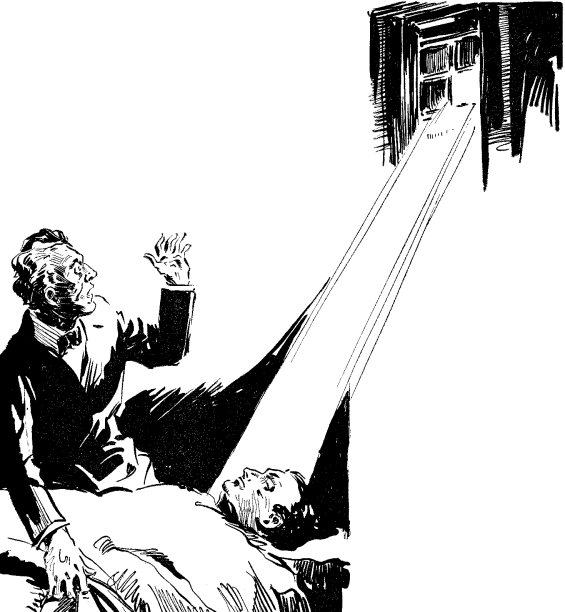
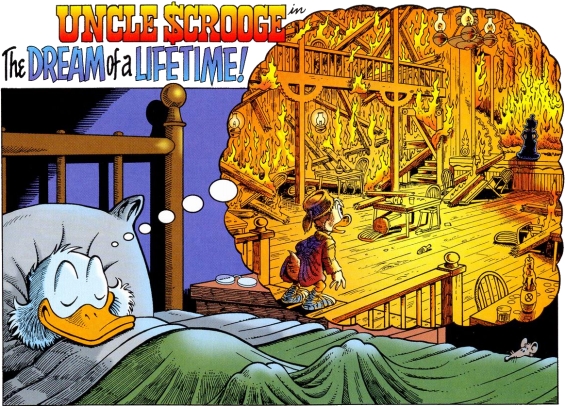
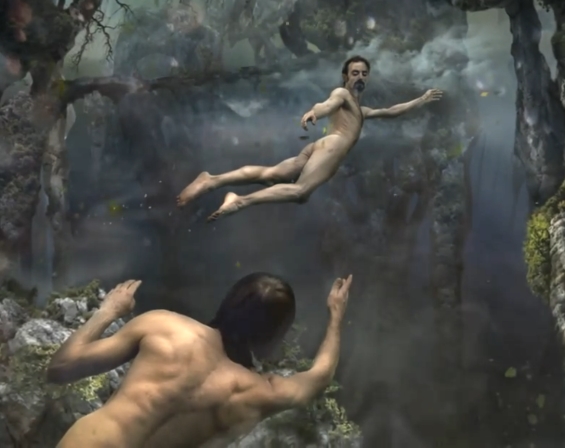
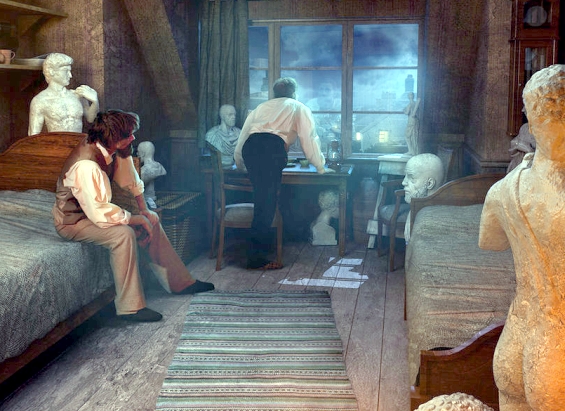
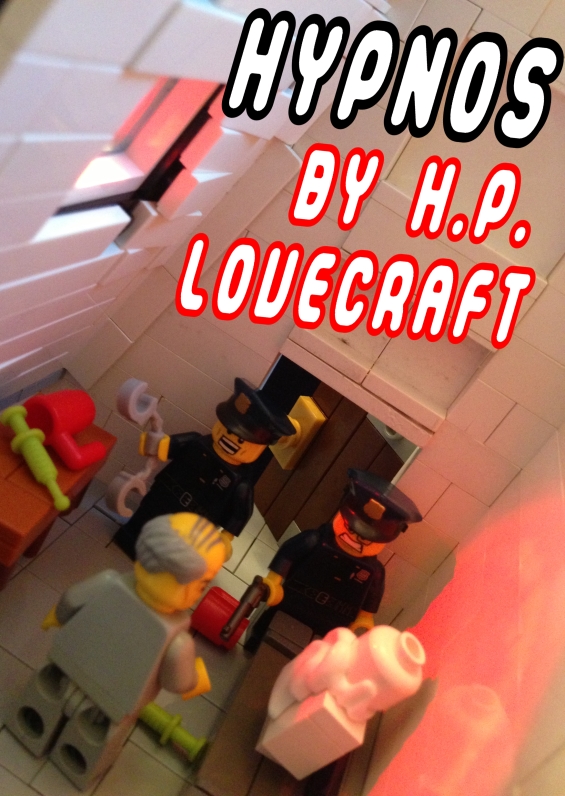
Posted by Jesse Willis

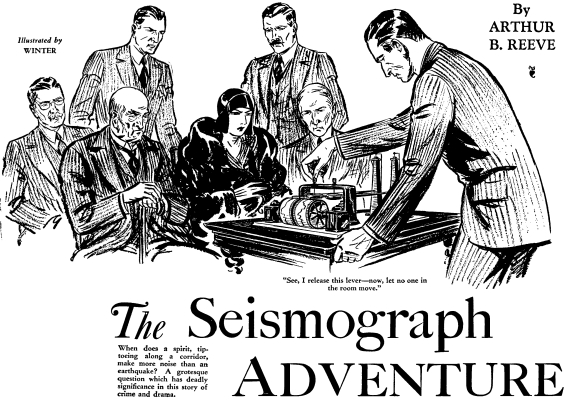
 The Seismograph Adventure
The Seismograph Adventure
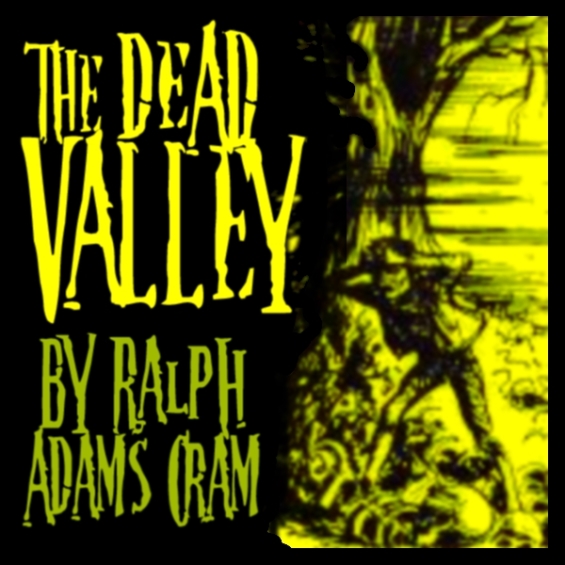
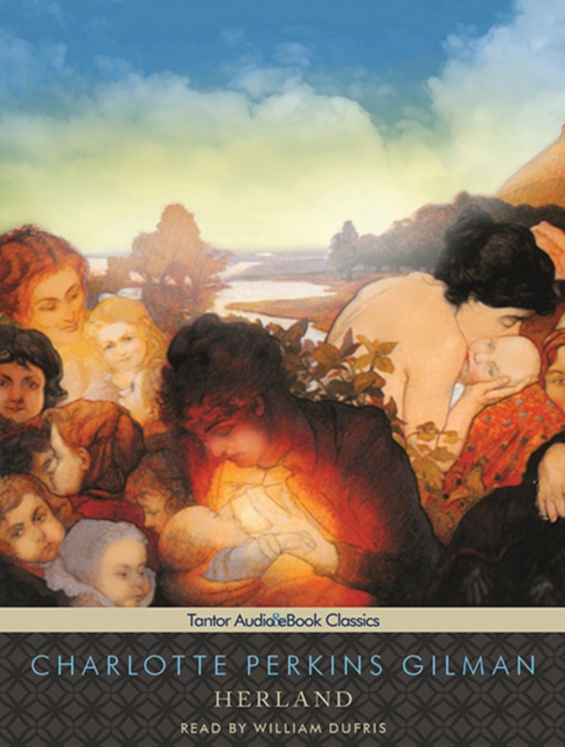

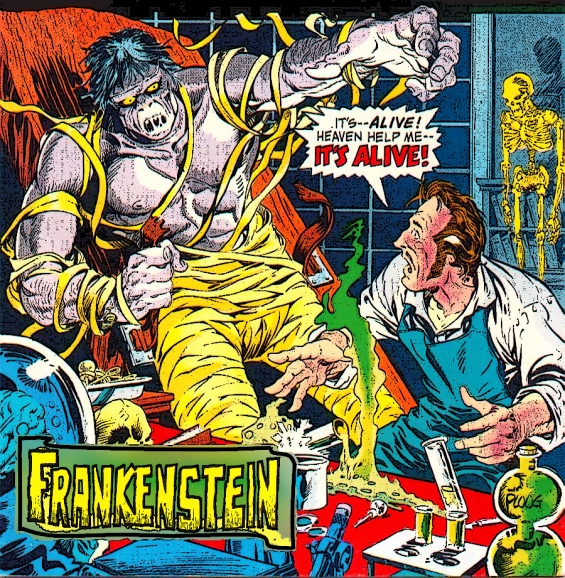
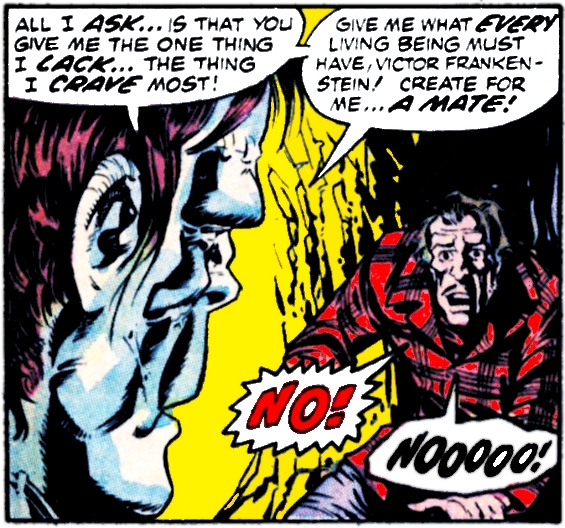
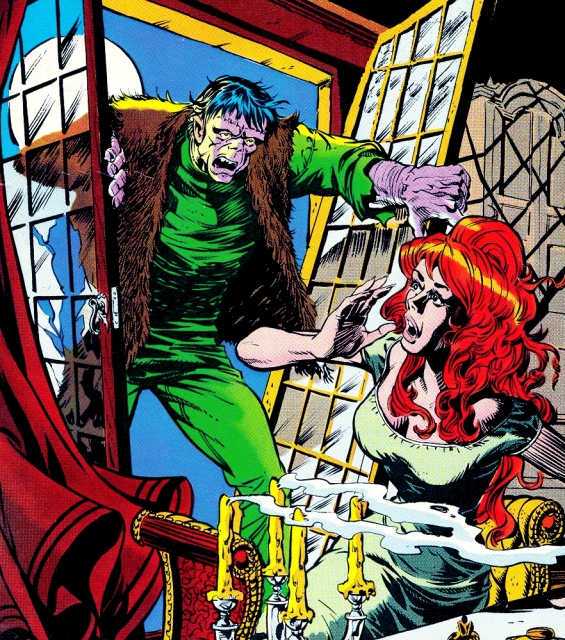
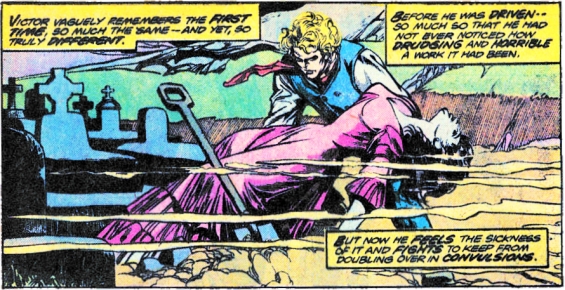
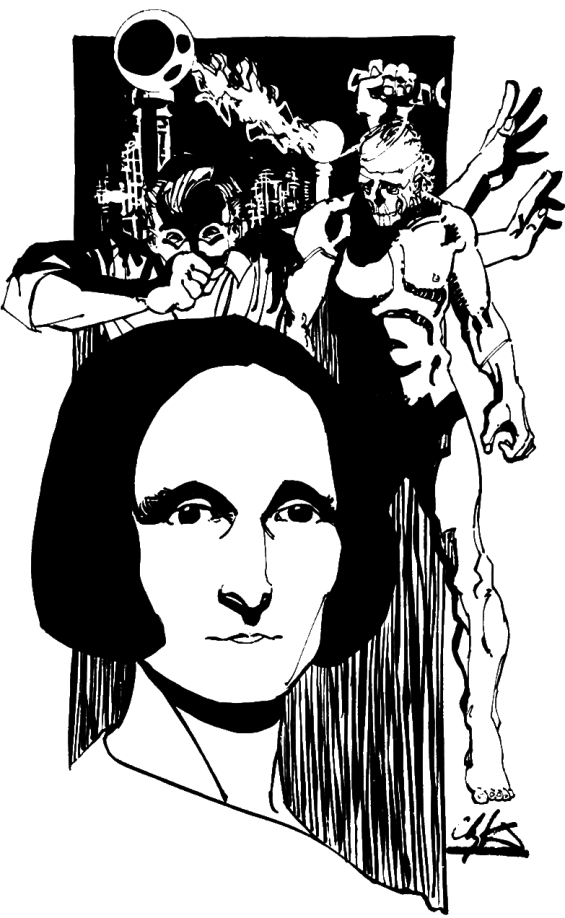
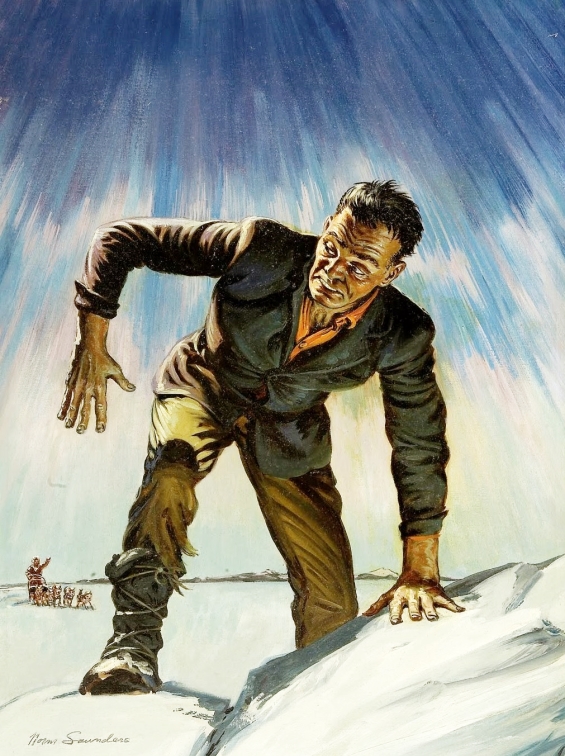

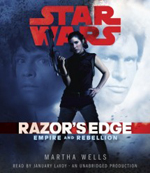 Razor’s Edge: Star Wars (Empire and Rebellion)
Razor’s Edge: Star Wars (Empire and Rebellion)